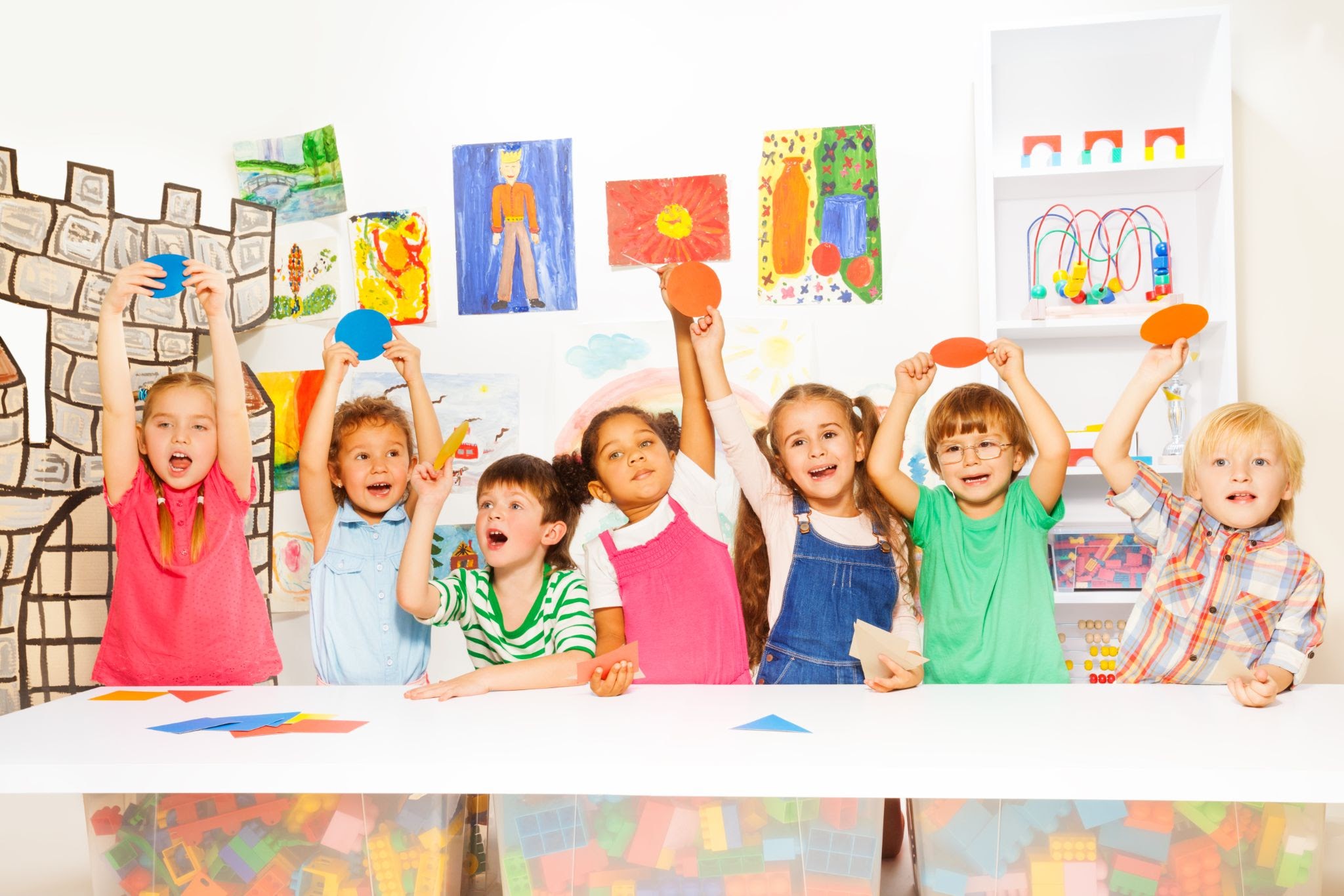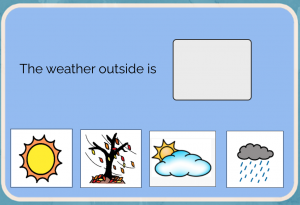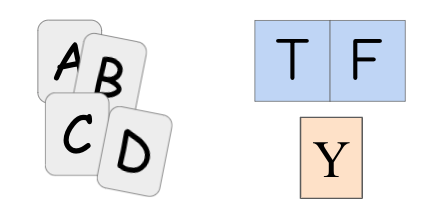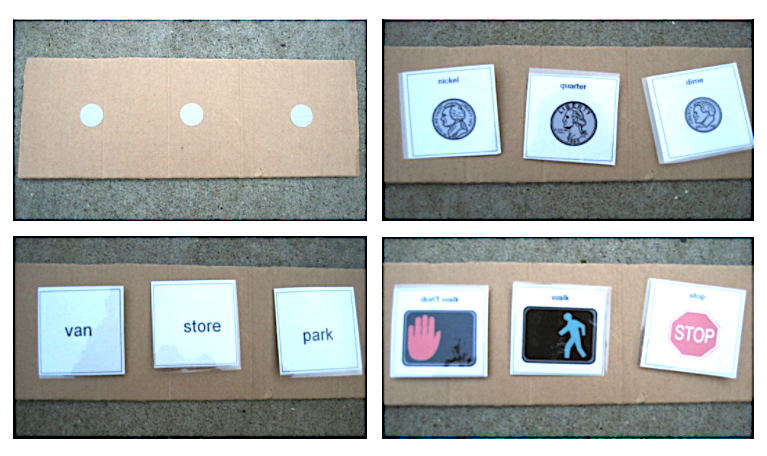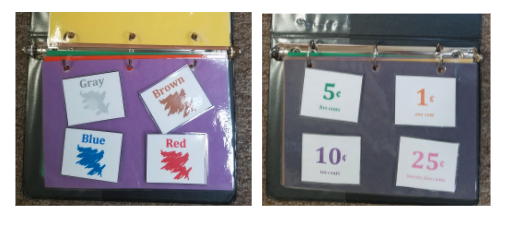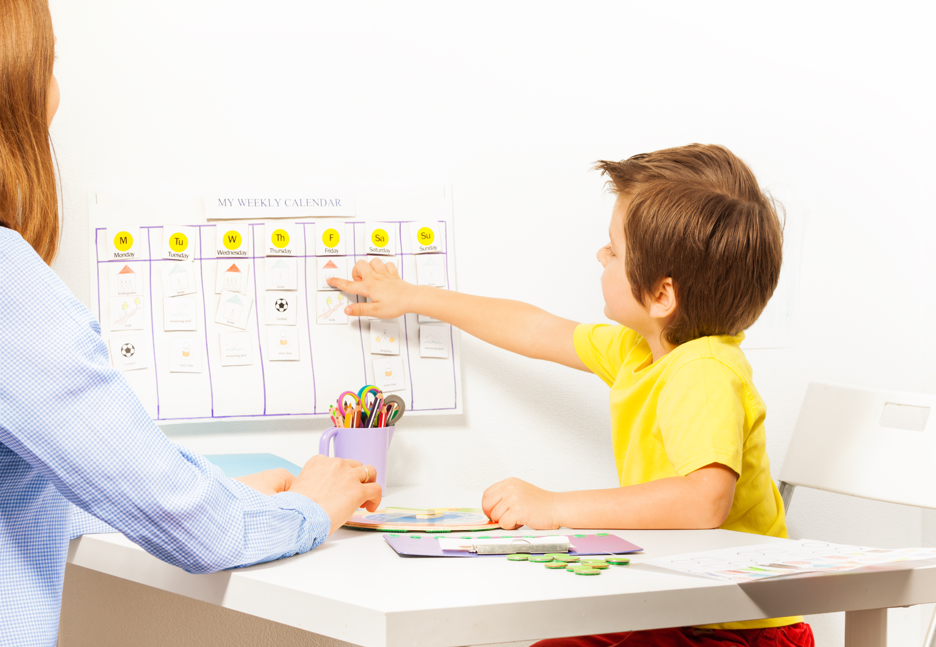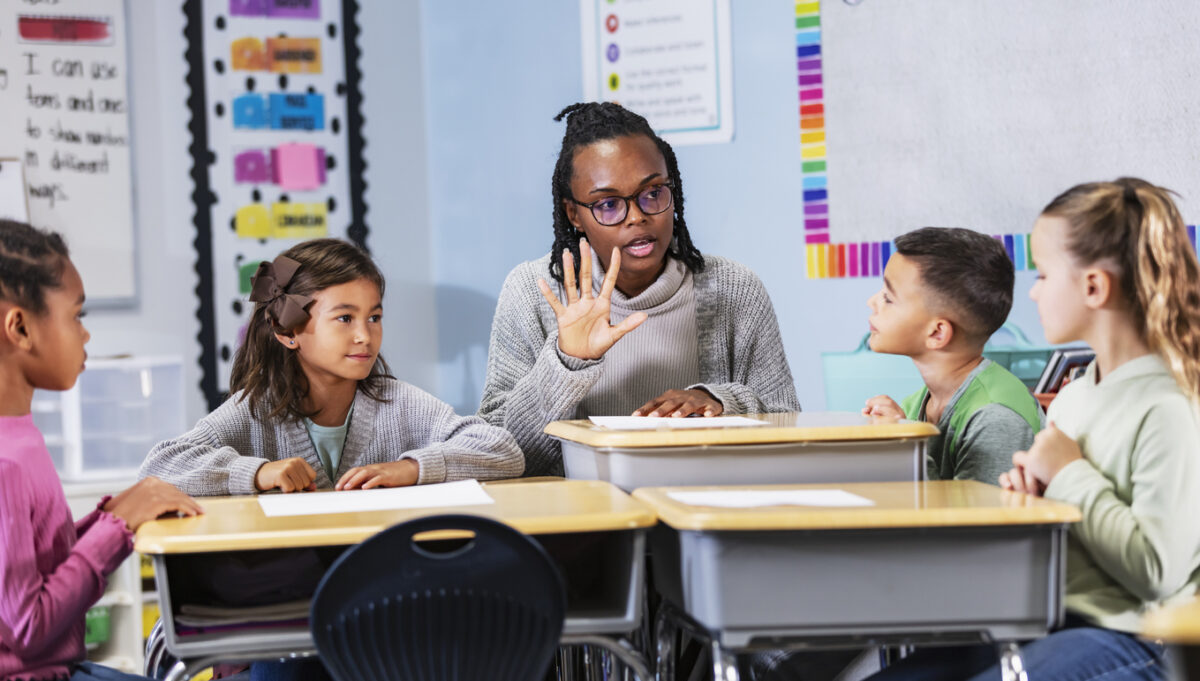Response cards are cards, signs, or other items all students in a class hold up simultaneously to display their responses to questions or problems presented by the teacher. Like choral responding, response cards are an Applied Behavioral Analysis (ABA) technique that can be used in the classroom to encourage the whole class to respond to questions together. It’s more effective than traditional hand-raising, with one student at a time called upon to respond, which really only tells the teacher that one student understands the material. Response cards allow the entire class to engage with the material and demonstrate their knowledge.
“I loved using response cards in my classroom, especially when I taught students who were more moderately to severely impacted with autism in a special day class setting in San Francisco,” says Kyo Chief Clinical Officer Melissa Willa. “Response cards can be highly engaging for kids and increase active participation in lessons.”
Using response cards
The main goal of response cards is to increase the number of times throughout the day when an entire classroom of students can engage and respond and demonstrate what they’ve learned. For example, many classes begin the day with some words on the board, and one student is called upon to help fill in the blanks. What if all the students got to participate?
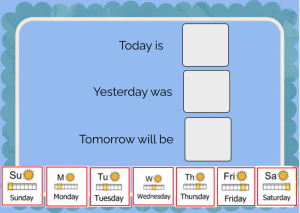
Response cards could allow all students to let the teacher know what day it is, what the weather is like, etc. Response cards also enable greater inclusivity of nonvocal or nonverbal students, who can raise a card for the answer and participate with the entire class.
Response cards can be used for a variety of lessons, including multiple choice, true/false, or yes/no questions.
Each student could hold cards labeled A, B, C, and D, and when a teacher quizzes them, they could hold up the card they believe corresponds to the multiple choice answer.
They might each have a True and a False card, and hold them up to show their answer.
For example, if the teacher says, “The Declaration of Independence was signed in 1776,” students could hold up “True” or “False.” Once everyone in the class knows that the answer is, in fact, “True,” they can practice holding up the “True” card all together to answer the question.
Or, they might each have a Yes card that they hold up when they think the answer to the teacher’s question is Yes.
Other cards could be made to look like different flags for a lesson on the American Revolution.
One low-tech, low-budget example of how you might incorporate response tools, like cards, in your classroom is to cut a cardboard box into strips and attach velcro dots, then make laminated cards with velcro on the back. Each student receives a cardboard strip and a set of cards. Students place their cards on their board, creating an array. The cards might depict colors, shapes, numbers, letters, or sight words. For example, a teacher who wishes to provide practice on sight word identification might distribute sets of sight words and then ask students to locate and hold up specific words, like “stop” and “exit”.
Students can also manipulate velcro cards to show the order in which events took place in a story.
Another way to use response cards could be to create a laminated chart with, “First, next, last” written in columns and pre-created laminated images. The teacher could use it to check for understanding after reading a story to the class. What happened first in the story? Students could choose an icon that represents what happened first, next, and so on.
Bondy and Ticani (2018) wrote about how primary school aged children with autism and intellectual disabilities used response cards. Their article, “Effects of Response Cards on Students with Autism Spectrum Disorder or Intellectual Disability,” showed the effectiveness of response cards in increasing student participation and correct responding.
Tips for using response cards:
- Encourage students to keep cards facing the teacher.
- Prompt students who seem to need it and remember that they will learn from that and from following peers.
- Use response cards to modify instruction: What a student holds up lets you know whether they understand the concepts or not.
- Provide immediate feedback: Let them know they’re correct.
Response cards do take effort and time to create, so if you’re looking for a slightly simpler solution, a second option is a whiteboard or a laminated card. Students can write their answers on the whiteboard or laminated card and erase them in between questions or topics. Many schools used this method during virtual learning. It’s lower effort than creating response cards for an entire classroom, and it delivers great results.
Main takeaways
The primary goal with response cards is to increase the number of times throughout a day when an entire classroom of students can engage and respond and demonstrate what they’ve learned. ABA is often thought of as a teaching method delivered 1:1 for children with autism, and to date, that is its most common format. However, ABA techniques can be applied in group settings to reach many more students. The results are all positive: increased participation, decreased challenging behaviors, and higher student achievement.
If you are looking for more quick tips on how to use ABA strategies at home visit our Youtube channel.
You can also find more articles on a variety of ABA strategies here.

